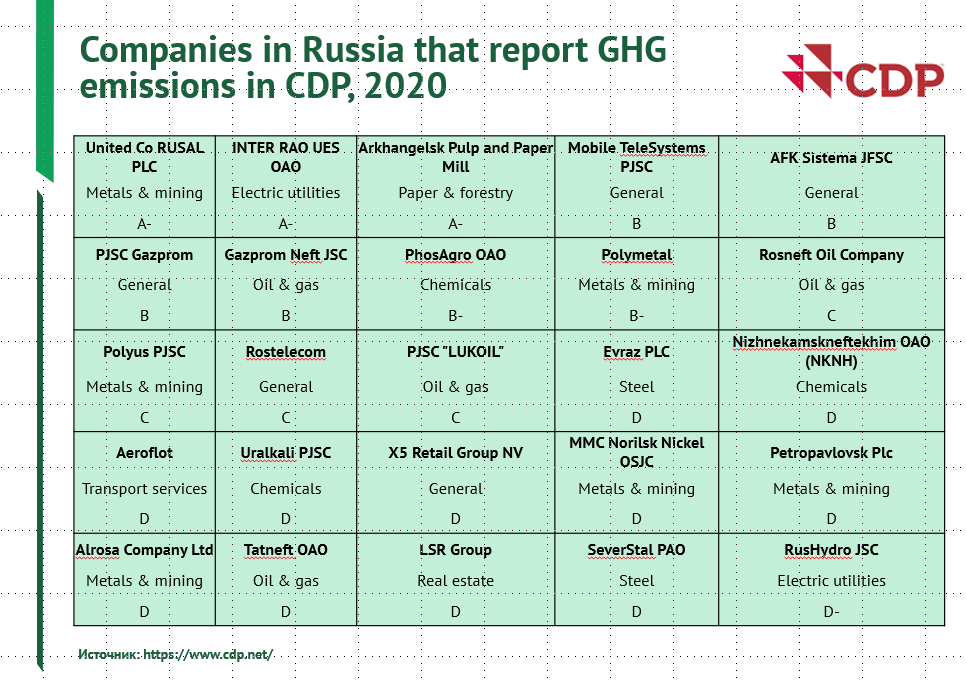




The goal of a low-carbon economy is to reduce the carbon footprint. Businesses need to reduce their carbon footprint, as climate risks are currently equated with investment risks.

For such companies, independent verification of the carbon footprint is needed. Companies order a service to verify greenhouse gas calculations, to verify calculations and confirm the independent status of their reporting in the field of greenhouse gases.
After this procedure, the company’s emissions report (or carbon footprint) can be considered officially reliable and verified. Such a report has a strong economic weight in communications with stakeholders in the international arena. Additional opportunities are opening up to enter the international market.

HPBS offers greenhouse gas verification services for various purposes, namely:
The verification itself is carried out in several stages:

1. EPD verification support by HPBS consultant;
2. EPD Certification of the carbon footprint in the EU;
3. Verification of the EPD declaration according to ISO 14025 by a third independent party from the European Union;
4. Publication of the EPD Declaration on the Environmdec international platform;
5. Annual contribution of the company publishing the EPD;
6. Climate Declaration (supplement to EPD);
Possible options:
1. Support of verification (protection) of EPD for products before the verifier from the EU;
2. Registration on the platform Eco-platform.org;
3. Development and approval of PCR (rules for product categories) in the EU (if there is no PCR for this type of product);
4. Consultations with an expert from the EU.

https://hpbs.io/en/news/project-life-cycle-assessment-3/
https://hpbs.io/en/news/carbon-credits/
https://hpbs.io/en/news/cross-border-carbon-regulation/
